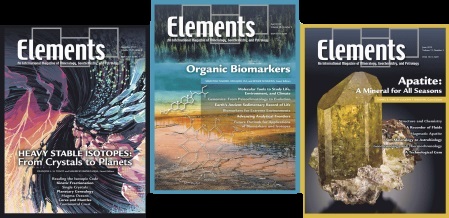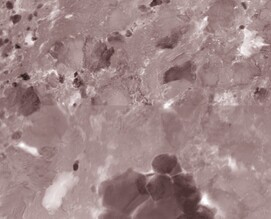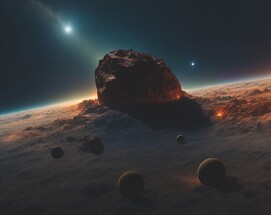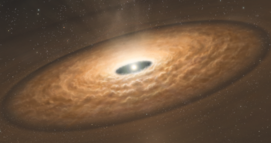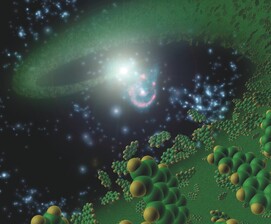Diversity of Complex Organic Matter in Carbonaceous Chondrites, IDPs, and UCAMMs
Complex organic matter is present in many extraterrestrial materials such as chondrite meteorites, micrometeorites, and interplanetary dust. The observed complexity of this organic matter is due to the combination of diversity of primitive organic materials that accreted onto asteroids and the subsequent effect of hydrothermal and/or metamorphic alteration that took place after accretion. These processes resulted in a variety of carbonaceous grain morphologies, elemental abundances, and organic functional group compositions. Some carbonaceous dust grains and micrometeorites have cometary origins and provide insights into the unique processing histories on those outer Solar System bodies. Isotopic analyses can help distinguish carbonaceous grains that retain their pre-accretion heritage, while advanced microscopy techniques reveal the interplay of complex organic matter with surrounding mineral.
Diversity of Complex Organic Matter in Carbonaceous Chondrites, IDPs, and UCAMMs Read More »

